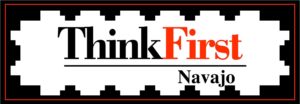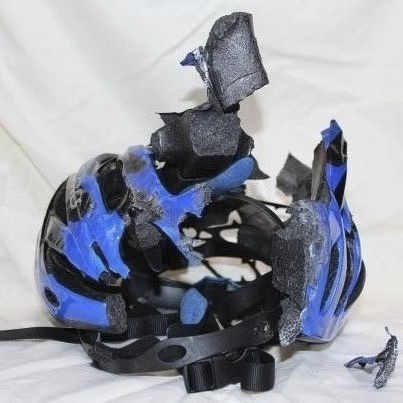
Wearing a safety helmet could prevent a brain injury.
March is Brain Injury Awareness Month, and through our ThinkFirst Navajo program, we have continued teaching Navajo youth how to prevent catastrophic brain and spinal cord injuries.
More than 2.5 million children and adults sustain traumatic brain injuries in the United States each year, and the rate is even higher among young Native Americans. Many of these injuries are preventable.
In New Mexico, where Eve’s Fund for Native American Health Initiatives is incorporated and people from more than 20 tribes reside, the rates of traumatic brain injury are higher than the great majority of the country. The most common causes of such injuries and deaths are motor vehicle crashes, suicide, falls, domestic violence, gunshots and sports.
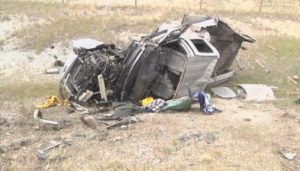
Wearing a seatbelt at all times can prevent brain and spinal cord injuries and deaths.
Since 2005, we have worked on the Navajo Nation—which spans portions of Arizona, New Mexico and Utah—to teach students how to “use your mind to protect your body.” At the end of last year, around 50,000 students and young adults had participated in one of our presentations. Thanks to the generosity of our donors, we have also distributed hundreds of safety helmets to young Navajo kids and taught them when, where and how to wear them.
We can’t tell you exactly how many lives we may have saved, but if we have prevented one young person’s death or one catastrophic brain or spinal cord injury, the time, energy and resources spent have been worth it.
One of the keys to our success is the personal injury stories shared by our VIPs (Voices for Injury Prevention). These are all Navajo individuals who were seriously injured in avoidable incidents: getting in vehicles with drunken drivers, not wearing seatbelts, getting shot by relatives cleaning guns. In just a few seconds, the lives of these wonderful people were changed forever.
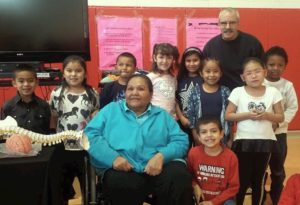
VIP Cecelia Fred teaching Navajo elementary children how to stay safe and avoid preventable injuries.
Listen to how our VIPs became injured and how it forever changed their lives. https://www.youtube.com/playlist?list=PLT2INYX1LAVtLD_1S2UfWCCcpEMFw7AL_
One of the things we try to convey in each presentation is that “anything can happen to anyone, anywhere, at anytime.” Most of us just never realize it can happen to our loved ones or ourselves.
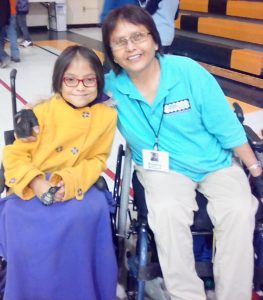
VIP Darlene Singer embraces an injured Navajo child
ThinkFirst Navajo is a chapter of the ThinkFirst National Injury Prevention Foundation. That affiliation allows us to use a proven, state-of-the-art curriculum customized to students of all age groups.
Despite this outstanding curriculum and support from the national organization, cultural and other challenges still stand in the way of teaching kids living in rural Native American communities how to stay safe.
Here are just a few needs to consider:
- How can you teach kids to “always buckle up” when most families have pick-up trucks and put children in the back when they drive long distances into town to buy food and other staples?
- How do you tell young Native children to stay away from guns when most households own guns (usually loaded) to protect their livestock from attacks from coyotes and other animals?
- How do you convince young Navajo kids to wear helmets when riding on horses, ATVs, or bikes if they don’t see their elders doing so and it is not considered “cool”?
- With over 75% of the public roads on the Navajo Nation being unpaved and flooding and mud common occurrences, how can anyone be safe in any vehicle?
- Sixty percent of Navajo families do not have phone service, so if an injury does occur, access to emergency medical and rescue services is limited. How can this be addressed?
If you live on or near the Navajo Nation and would like to schedule a free presentation for your school, organization, chapter house, summer camp or any other venue, please contact us through our website at: https://evecrowellsfund.org/contact-us/. Your action could save young lives!
Still have questions? Click below for more information and prevention tips.
- Fast Facts Traumatic Brain Injury
- http://www.traumaticbraininjury.com/prevention/
- http://biaaz.org/learn-about-brain-injury/preventing-brain-injury
We would appreciate you sharing this with others. Thank you.
